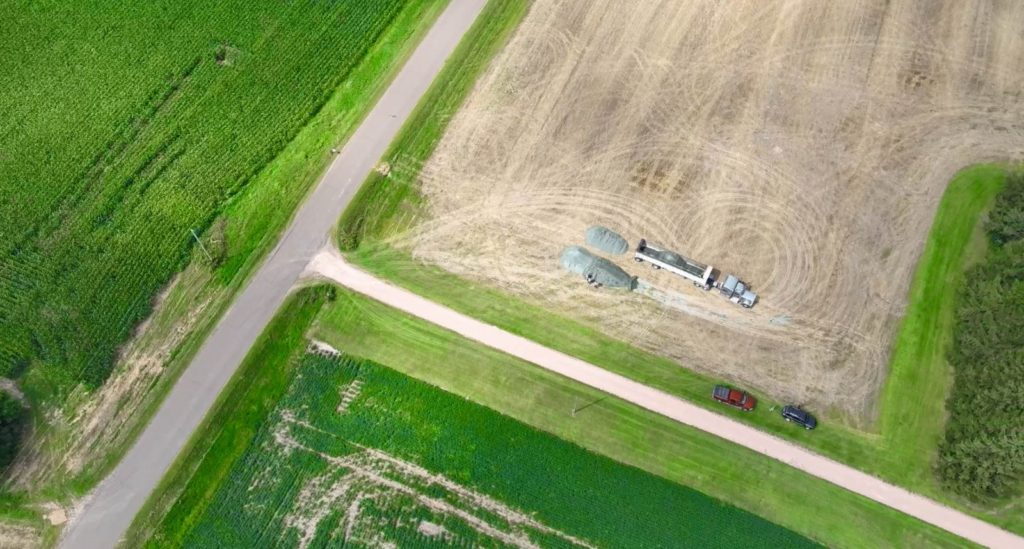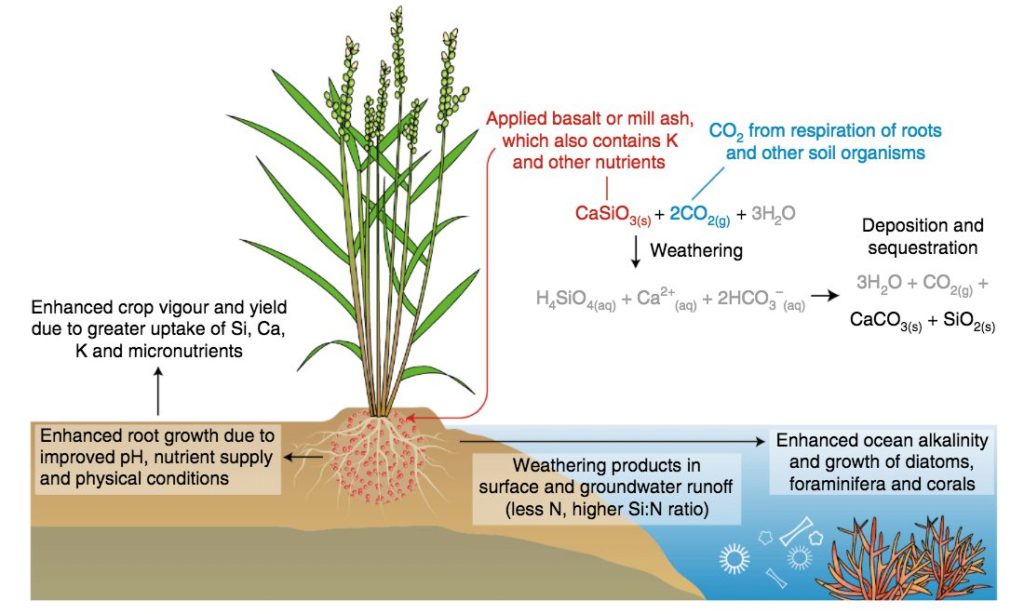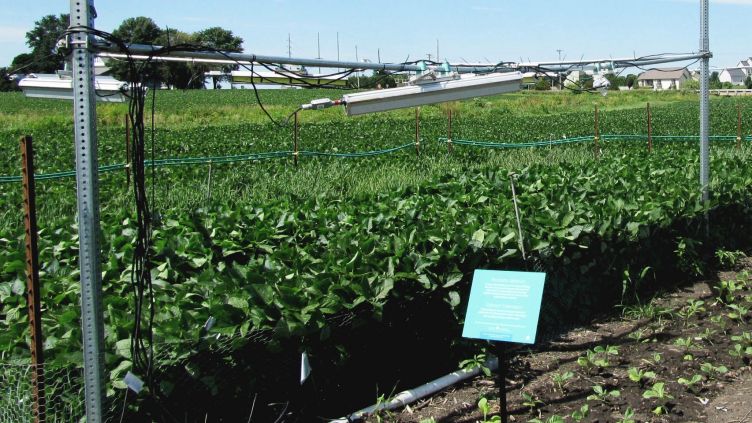Call for Enhanced Weathering Projects for Google’s 2023 Carbon Removal Research Awards
Deadline for applications is April 28, 2023. Apply through their website.
In 2020, Google announced its goal to achieve net zero emissions by 2030. Google plans to achieve this target through reducing direct and indirect emissions (scope 1, 2, and 3) by 50% and investing in carbon removal technologies to offset any remaining emissions. As a way to propel technology-based carbon removal solutions forward and meet their own sustainability goals, Google has announced it is accepting proposals for its 2023 Google Carbon Removal Research Awards. Recognizing the need for further research into carbon sequestration, Google identified four promising areas of interest including:
2023 Google Carbon Removal Research Awards
- Seaweed or other organic matter sinking
- Tropical afforestation/reforestation
- Blue carbon
- Enhanced weathering
The awards will fund research projects for up to three years and support up to three Ph.D. or post-doc researchers. In addition to research project funding, applicants can request cloud credits for the Google Cloud Platform, providing the ability to use Google’s infrastructure to run complex computations, synthesize large datasets, and harness machine learning algorithms.
This computing power could be used to support the kind of open-system environmental models which are still being developed to assess the carbon sequestration potential of enhanced rock weathering across the globe. Model estimates for weathering rates and carbon sequestration are important in determining which projects will have the most beneficial effects.
Life cycle analysis
Within the enhanced rock weathering approach, Google has provided key topics and questions for researchers to consider in their proposal. These include the total life-cycle analysis of enhanced weathering projects — including the total impact of mining and transportation, impacts on ecology and society, and the possibility of heavy metal contamination.

Standardized methods for measuring and verifying CO2 removal are also a topic of interest, as these measuring reporting and verification (MRV) frameworks are key in projecting carbon sequestration potential and scaling the technology. In addition, carbon credit systems rely on MRV data to accurately quantify the amount of credits earned.
Google also hopes to fund research to determine the appropriate grain size for enhanced rock weathering projects. While it is typically recognized that smaller grain sizes expedite the weathering (and carbon sequestration) process, key questions still remain. For instance, higher operation costs and greater energy demands are associated with smaller grain sizes. Enhanced safety measures to avoid inhalation may be needed for the production of ultrafine particles. Thus, an optimal grain size which balances energy and production costs with carbon capture benefits must be determined.
Balancing the sequestration potential of a certain rock type with its abundance, trace mineral content, and plant nutrient contents is also a factor for enhanced weathering projects. Thus, further research is needed to integrate all aspects of enhanced weathering, including rock type, input costs, output emissions, carbon drawdown potential, and economic viability to determine the potential for widespread implementation of the technology in agriculture and forestry (among other uses).
Scaling up through collaboration
Proposals for the research award should include an assessment of the scalability of the approach over time, which takes into account the cost per ton of CO2 removed and the practicality for adoption of the approach within the next 3-5 years. The proposal should also include considerations for maximizing carbon removal, minimizing negative externalities, and optimizing the technology’s implementation. A framework of methods and standards for evaluating project success is also required.
Recipients of these research awards will have the chance to collaborate with researchers in relevant fields at Google throughout the experiment. A strong emphasis has also been put on open access, with a preference for those projects which will be made available to the public and will contribute to the scientific community.
Google’s presence in the climate-tech world is a prime example of tech and industry giants seeking to take accountability for their own environmental impact by redistributing their accumulated wealth in the form of sustainable investments. Increasing our understanding of enhanced weathering is key to forming strategies that safely sink carbon in the soil for the long-term.
By leveraging carbon removal technologies that balance wide-scale feasibility, human well-being, and ecological preservation, global warming may be kept within the 1.5°C threshold as determined by the Intergovernmental Panel on Climate Change (IPCC). However, proving the efficacy of carbon drawdown strategies and advancing their implementation to a meaningful level requires concerted, well-funded, science-backed efforts. Enhanced rock weathering will only become a major carbon draw down approach if it is shown to be economically competitive, safe to humans and the environment, and with significant carbon removal potential. Google’s carbon removal research award reflects an opportunity to unite skilled minds to answer these questions, and ultimately, confront the existential threat of global warming.
When and where to apply
Active researchers at universities and research institutions can complete the award application by April 28, 2023.
Dyani Frye is an environmental scientist passionate about communicating science so that it can be accessible to all audiences. She graduated from California Polytechnic State University (2022) with a Master’s degree in Environmental Science and Management. Her thesis project investigated the use of an emergent spectroscopic technology, portable X-ray fluorescence, to predict physical and chemical properties of California soils. This research showed the viability of these predictive models across a broad geographic range. She believes that to preserve our most precious shared natural resources and achieve true sustainability, science must be paired with inclusive social initiatives and economic incentives. Through her writing at RTE, she hopes to use her science distillation skills to give others a better understanding of earth systems and how we can all positively impact the environment. In her free time, Dyani loves to identify flora and fungi during strolls through the woods, play chess, and read fantasy novels.
Support us on Patreon
Thank you for joining us today! Please become a member of RTE and support us on Patreon. Unlike many larger organizations, we work with a team of determined and passionate volunteers to get our message out. We aim to continue to increase the awareness of remineralization to initiate projects across the globe that remineralize soils, grow nutrient dense food, regenerate our forests’ and stabilize the climate – with your help! If you can, please support us on a monthly basis from just $2, rest assured that you are making a big impact every single month in support of our mission. Thank you!










Got something to say?